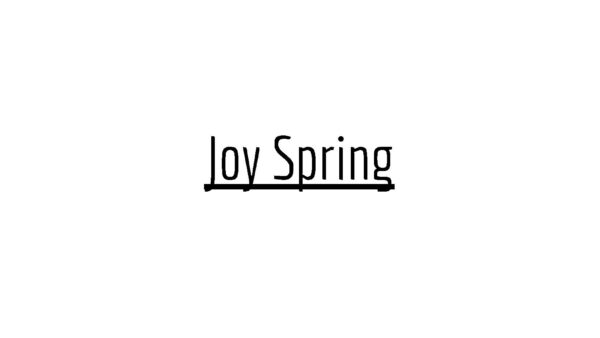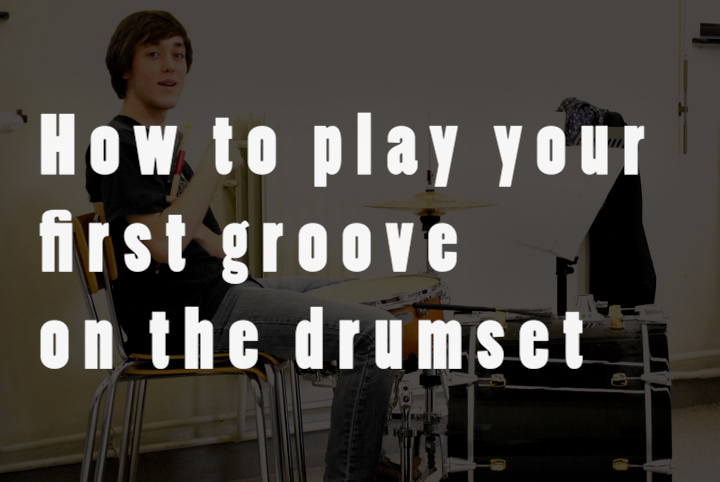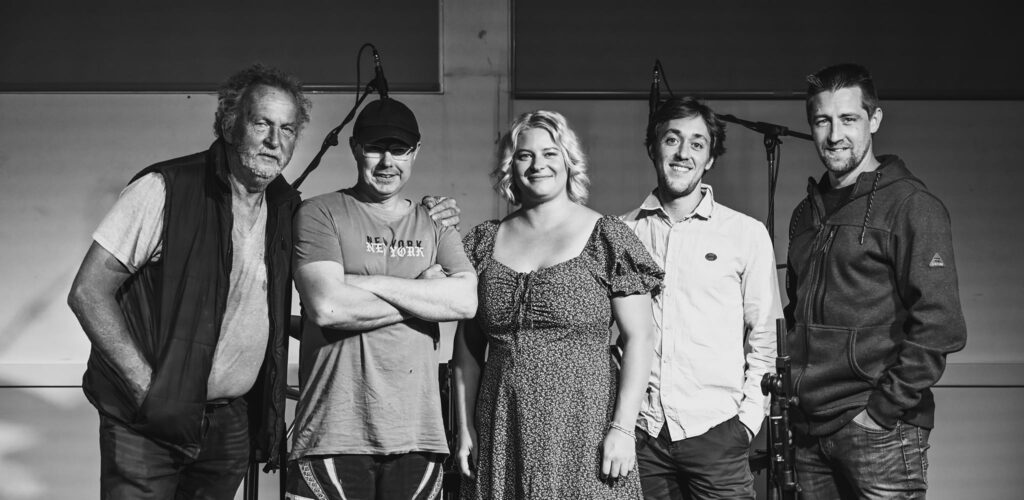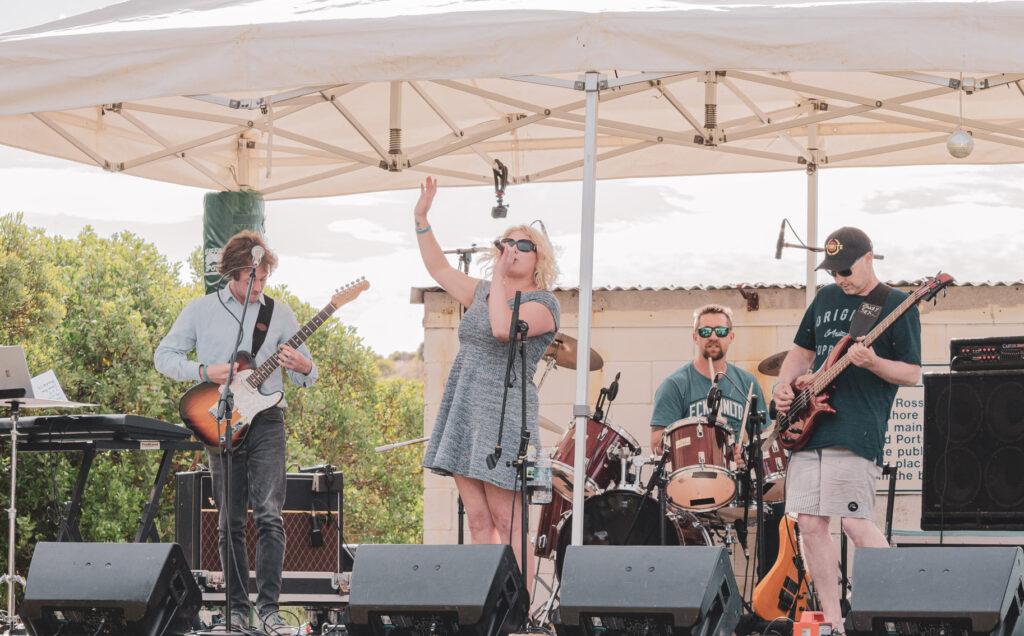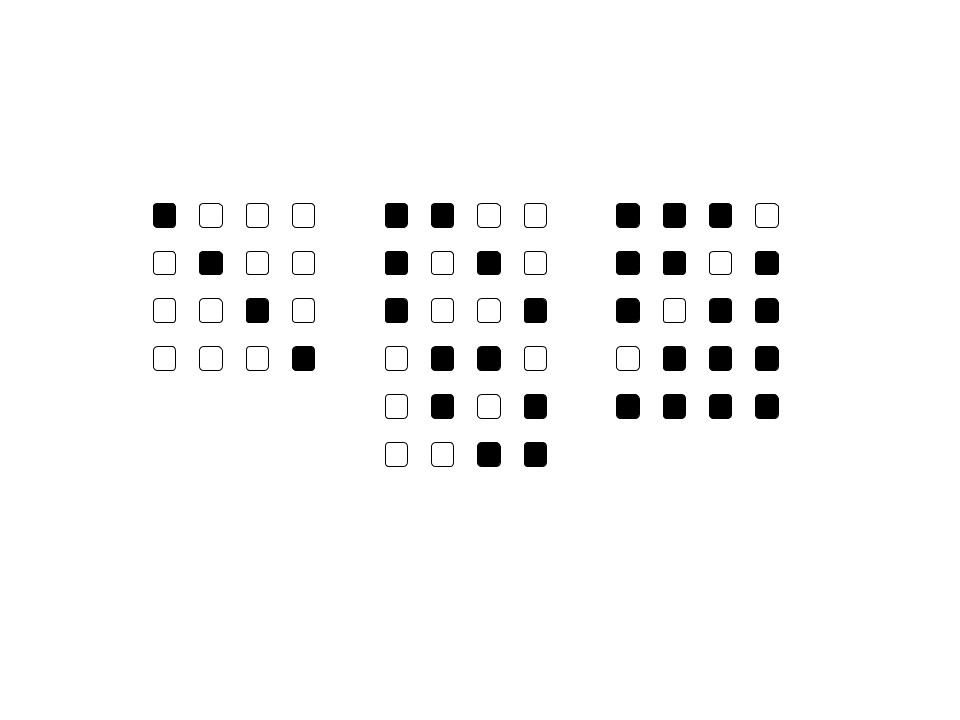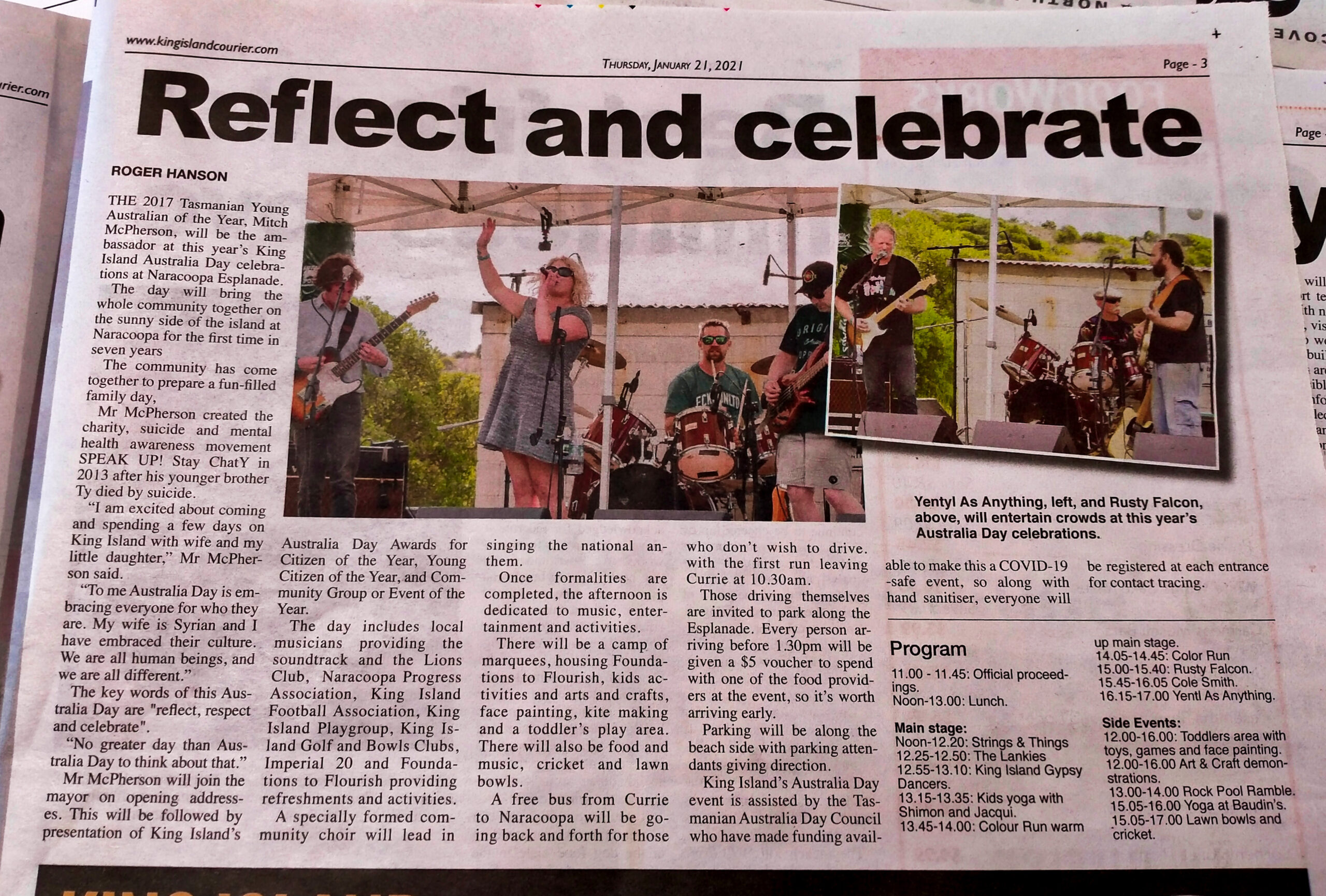Drum Transcriptions, Music
Joy Spring – Max Roach – Drum Transcription
Analysis of the Joy Spring drum transcription by Max Roach:
Joy Spring is a jazz standard written by Clifford Brown and made famous by the Capitol recording of the 1954 album; Clifford Brown & Max Roach. The song, named after the pet name of his wife Larue, became his signature work. The anecdote goes that before Clifford and Larue met, she was a classical music student writing a classic versus jazz thesis. The idea was to prove the superiority of classical music over jazz and even refute that jazz music was art. Their mutual friend, Max Roach, introduced the two to each other. Clifford took Larue aside with the statement: Honey, the world is not just built around tonic/dominant progressions. Larue became Clifford’s wife and a big jazz fan afterwards.
Personnel on the Brown (trumpet) and Roach (drummer) album are; Harold Land on tenor saxophone, Richie Powell on piano and George Morrow on double bass. Six days after the first recording, they made another recording on an arrangement of Jack Montrose. Joy Spring and the album are typical of the band’s Hardbop music style. In addition, the album is famous as one of the strongest studio albums up to that time (Ben Ratliff, New York Times). Next to Jordu and Daahoud from the same album, the track became well-known and regularly played.
Macroscopic analysis of Joy Spring:
When looking at the Joy Spring drum solo transcription, we can already see that Max Roach takes the melody of Joy Spring into account. He does not always literally takes over what happens in the song but uses the material already present and works around it himself. In the first two A-movements, Max Roach is structurally transparent and defines his solo in four times 4 bars. In the B-section, he extends his solo to a motif of 8 bars that flows smoothly into the last A. The material he uses in the final A-section portrays the solo’s end.
Microscopic analysis (First 6 bars):
In the first two bars, it is almost impossible to ignore the fact that this motif is directly linked to the melody of Joy Spring. Max Roach takes over the syncopation from the melody and develops it into a beautiful tension-building motif. He also has reasons to start the first measure on the snare drum: by continuing the syncopation on the floor tom in the second measure, he creates a similar tension figure as seen in the melody. The triplets dissolve this tension in the snare drum and the closing rhythm in the fourth measure. This figure also has a clear connection. The first hit joins the seventh of Bbm7, while the second hit is placed on the third of Eb7. Although, resolving the tension is short-lived. Just like in the melody, the tension continues in bar five.
In bar five, Max Roach uses a similar figure to the accents on the F in the melody. The descending line in the chord progression to the II – V – I in F is carried over onto the drum kit. The flam on the second snare drum is there to emphasise the accent of the melody, after which the floor tom comes in on the third beat. Later, he returns to the snare drum when we get into the II – V – I. He plays the high tom on the fifth degree to get some extra tension into his drum solo. He ends up on the snare drum afterwards and confirms that by bringing in that floor tom again, closing with a clear flam on the snare drum.
Microscopic analysis (bars 8 and 9):
In bars eight and nine of Joy Spring, we see how Max Roach follows the lines and rhythm of the melody. On the Abm7 chord, the nine goes over the root and the seventh to the third back to the basis of Dd7. The melody moves back up from this root to the root and fifth of the Gbmai7 chord. Later this fifth end up on the third of the chord. Max uses this in his solo with his drum set’s possibilities. Starting from the snare drum, he descends with the melody to the floor tom. When the theme rises back up, it returns to the snare drum, which then transitions to the high tom. It is probably no coincidence that he uses the same rhythm as the melody. When the note gets stuck in the tune, Roach returns earlier by reaching back to the floor tom. He closes with an accent on the snare drum in the same place where the melody descends again.
Microscopic analysis (bars 13 and 14):
In bars thirteen and fourteen, we see how Roach incorporates the rhythm and melody of joy Spring into his solo. Although he uses a different rhythm here than before, the use of tom choice of the theme reminds us of how he does in the fifth and sixth bars of his solo. On the first F#, Max positions a snare drum with an accent. He continues this principle by also hitting the following two notes. The second F#, which is no longer the fifth of the chord but has shifted to the thirteen, is given a floor tom, after which `Max’ already introduces us to the rise of the melody by providing the next F# with a high tom. He can’t help but play the entire pull. It starts with the theme on the floor tom and goes through the snare drum to the high tom. Max Roach follows when the melody resumes its descending movement and returns to the floor tom.
Microscopic analysis (bar 22 and 23):
Arriving at the end of the bridge, we see a clear link with the melody. Where the theme in bar 22 makes an up-and-down movement around the central note Bb, we see that Max Roach responds to this in his way. He places the snare drum as the prominent note and initiates the upward movement by starting from the high tom, alternating with the snare drum.
Afterwards, he turns this around and applies the same rhythmic pattern, placing the central snare drum alternating with the high tom. He emphasises the descending melody line by transferring the same design to the floor tom. He puts this pattern on the high tom when the melody rises again. Finally, the song descends, and Max returns to the floor tom. Rhythmically, he starts with these patterns on the first melody note and ends with the melody in bar 23. After this, the high tom joins the descending triplet on the second beat. The closing floor tom ends together with this motif in the melody.
Microscopic analysis (bar 24):
The last bar of the bridge also shows some similarities with the melody. The drum starts on the floor tom (a remnant of the pattern in measure 23) and forms the descending movement by reaching for the bass drum. However, it is not possible to go deeper into the drum kit. ‘Max Roach’ thus returns to his central snare drum and continues to follow the descending and ascending melody. He does this in a syncopated movement from the snare drum to the floor tom and back to his central snare drum. The applied syncopation ensures that it comes out in sync with the melody.
Microscopic analysis (last 5 bars):
In the last five bars of his solo, Max ends with a quote about the song’s ending. In that ending, measures 29 and 30 are repeated twice. At the end of Max’s solo, we also see that figure. The bass drums in measure 29 represent the three F’s of measure 30, and The triplet on the snare drum is an accelerated figure of measure 31. Max Roach applies this figure four times and ends with three bass drums the same way the melody ends.
My website has multiple ways to keep in the loop with music and travel-related updates. Make sure to follow my Instagram and Facebook pages to get the latest content on your socials. To get the updates in your mailbox, subscribe to the newsletter. I will post plenty of free drum lessons and other music and drum-related advice on this website in the future! Check out the other drum transcriptions and analysis if you haven’t already.


